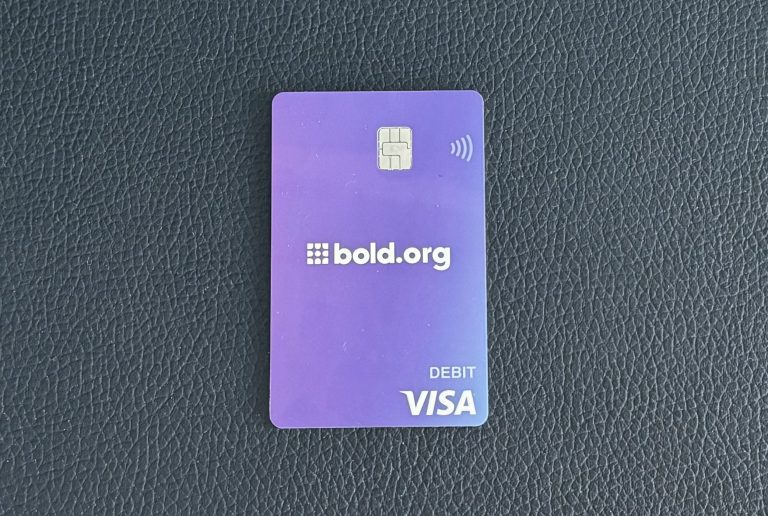Want to say something without revealing your identity? Whether you’re reporting a problem, expressing a concern, or just want to stay private, knowing how to write an anonymous letter can help you do it the right way.
What Is an Anonymous Letter?
An anonymous letter is any letter sent without including your name or identifying details. You might send one to report a workplace issue, give someone feedback, or share important information while keeping your identity private.
Step 1: Write the Letter Without Revealing Yourself
Treat your anonymous letter like any other letter, but just leave off anything that could identify you. Here are some tips:
- Do not handwrite it: Type the letter to avoid your handwriting being recognized.
- Use neutral paper and ink: Avoid stationery or printers that can be traced back to you.
- Be clear and direct: Focus on your message. Stick to facts, avoid emotional language, and edit carefully for errors.
- Don’t include personal stories or phrases: These may be traced back to you.
Step 2: Choose How to Sign an Anonymous Letter
You don’t have to sign the letter at all. But if you want to include a signature, use something generic like:
- A Concerned Citizen
- Someone Who Cares
- Anonymous
Avoid using nicknames, usernames, or any inside references that could link back to you. Never sign with someone else’s name, as that could lead to legal issues.
Step 3: Send the Anonymous Letter Safely
For Physical Mail:
- Don’t send it from your home: Drop the letter off at a post office far from where you live.
- Avoid using your printer or handwriting: Print it using a public printer or shop if needed.
- Use a generic envelope: Avoid anything that looks personal or custom.
If you’re especially cautious, you can mail the letter to someone else first, and have them forward it to the final recipient.
For Email, create a new, anonymous email address. Try a service like Proton: A mail service with end-to-end encryption. Make sure to use a VPN to hide your IP address.
Common Reasons People Write Anonymous Letters
People choose to stay anonymous for many valid reasons. Examples include:
- Reporting workplace issues
- Whistleblowing
- Giving feedback without confrontation
- Asking questions to advice columns
- Voicing concerns without fear of backlash
Just make sure your message is respectful, factual, and clear.
Can You Find Out Who Wrote an Anonymous Letter?
Sometimes, but not always. Physical Letter’s may be traced back to the real sender based on the handwriting or postmarks. Digital mail on secure services are harder to trade, but may be trackable if the sender uses a personal device or the regular email address.
Final Thoughts: Writing an Anonymous Letter
Writing an anonymous letter isn’t illegal if you’re not threatening or harassing anyone. In fact, it can be a helpful way to share important information or speak up safely. Just be smart about how you write and send it.
If you follow the steps above, you’ll know exactly how to write an anonymous letter and protect your identity in the process.
Our Editorial Team, with a rich background in educational content creation, prioritizes accuracy and quality in every article. We are committed to producing expert content tailored to meet the academic needs of college and high school students, ensuring they receive well-researched and trustworthy information for their educational journey.







